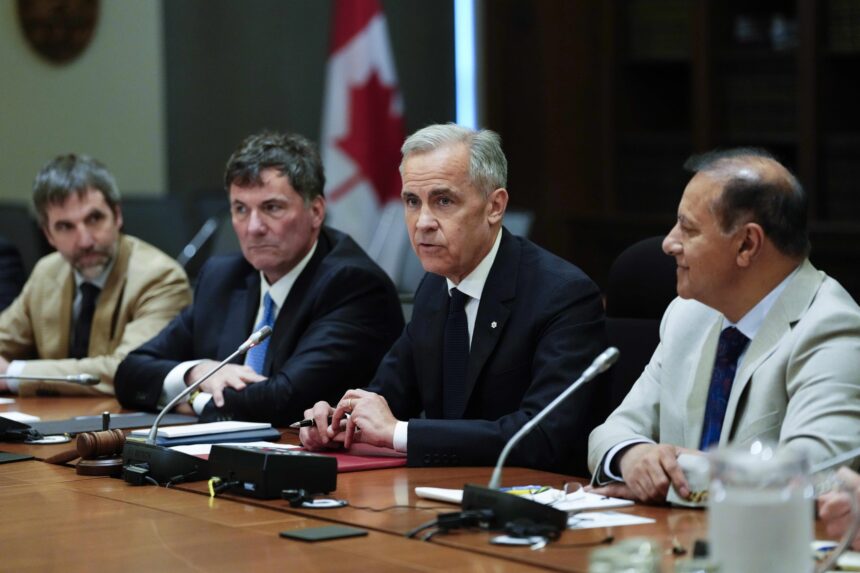Tax relief will be the cornerstone of Liberal economic policy in the coming months, Finance Minister Mark Carney confirmed yesterday in his first major policy announcement since taking office. Speaking at a Toronto economic forum, Carney outlined an ambitious tax reduction strategy aimed at easing the burden on middle-class Canadians while stimulating economic growth.
“Canadians have been clear about their priorities,” Carney stated during his address. “They want an economy that works for everyone, not just the privileged few. Our tax cut package will be the first significant piece of legislation introduced when Parliament reconvenes next month.”
The former Bank of Canada governor detailed how the Liberal government plans to implement what he described as “targeted relief” for families earning between $45,000 and $90,000 annually. According to preliminary estimates, these households could see tax savings of approximately $1,200 to $1,800 per year once the measures are fully implemented.
The announcement comes amid growing pressure on the government to address cost-of-living concerns. Recent polling indicates that 67% of Canadians rank economic affordability as their top concern, significantly higher than other policy issues. Carney acknowledged these anxieties during his speech.
“This isn’t just about putting money back in people’s pockets—though that’s certainly important,” he explained. “It’s about creating the conditions for sustainable, long-term growth that benefits all regions of our country.”
The tax package also includes specific provisions for small businesses, with proposed reductions to the federal small business tax rate from 9% to 7.5% over the next three years. Industry associations have cautiously welcomed the announcement, though some have questioned whether the timeline is aggressive enough given current economic headwinds.
Economic analysts from major financial institutions have offered mixed reviews of the plan. TD Bank’s chief economist Beata Caranci noted that while the tax cuts would provide “meaningful relief” to middle-income households, questions remain about how the government will offset the projected $12.8 billion in annual revenue losses.
“The fiscal mathematics need to add up,” Caranci observed in a research note distributed to clients. “Without corresponding spending reductions or revenue increases elsewhere, these tax cuts could potentially widen the deficit beyond sustainable levels.”
Carney pushed back against such concerns during the question-and-answer session following his speech, suggesting that economic growth stimulated by the tax cuts would partially offset revenue losses. He also hinted at upcoming measures to ensure fiscal sustainability, though he declined to provide specific details.
“We’re taking a responsible approach to fiscal management,” Carney insisted. “What we won’t do is balance the books on the backs of middle-class Canadians who are already struggling with high costs.”
Opposition parties have responded with skepticism to the announcement. Conservative finance critic Pierre Poilievre characterized the tax plan as “too little, too late” and questioned whether the government would follow through on its promises given what he called a “track record of fiscal mismanagement.”
Meanwhile, NDP leader Jagmeet Singh criticized the plan for not going far enough to address inequality, calling instead for more significant taxes on corporate profits and wealth.
The legislation containing these tax measures is expected to be introduced when Parliament returns in June, with the government aiming for implementation before the end of the fiscal year. Carney indicated that the Finance Department would release a comprehensive economic update within the next few weeks providing further details on funding mechanisms and economic projections.
As Canadians continue to navigate economic uncertainty, the fundamental question remains: will these tax cuts provide the meaningful relief families need, or is more substantial economic restructuring required to address the underlying affordability crisis facing the nation?










